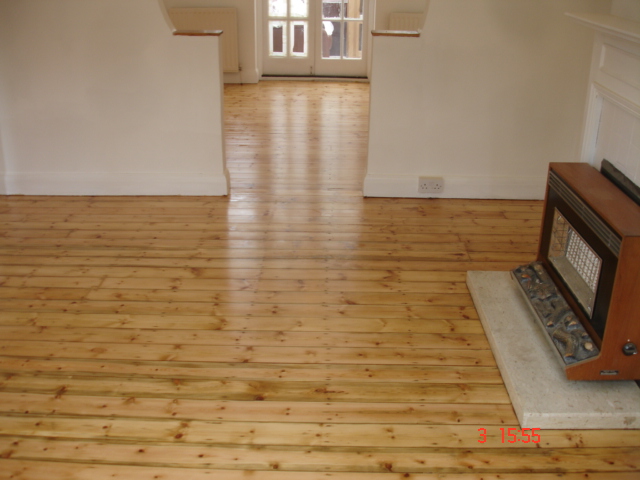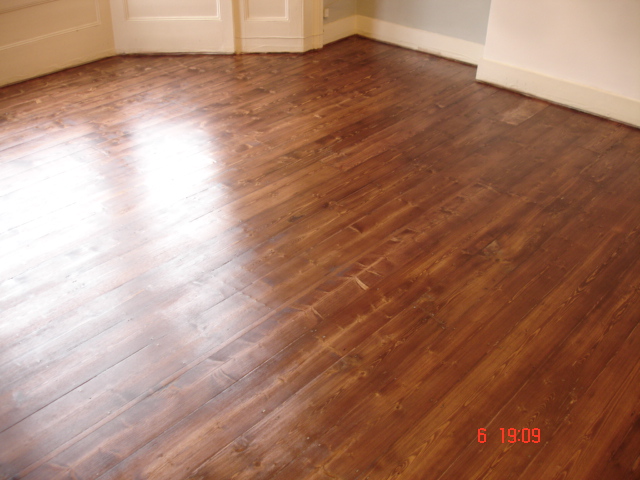 One of the most interesting aspects of bamboo "wood" flooring is that the material is not composed of literal wood the way teak or walnut floors are. Instead, the natural grass of the bamboo plant is woven together into a durable hard surface that appears to be actual wood.
One of the most interesting aspects of bamboo "wood" flooring is that the material is not composed of literal wood the way teak or walnut floors are. Instead, the natural grass of the bamboo plant is woven together into a durable hard surface that appears to be actual wood.
Bamboo wood floors are becoming increasingly popular and are a major choice for consumers interested in wood floor repair because bamboo is particularly Eco-friendly.Sanding Floorboards Some trees take more than 100 years to reach maturity but bamboo is a much more renewable resource with plants ready to be harvested for flooring after only five or ten years, after which a new crop can be planted. This greatly appeals to the modern consciousness.
Types of Bamboo Flooring
 Consumers who prefer the "natural look" will want to choose natural bamboo flooring. These floors tend to retain the very light colour of bamboo that can be seen in the wild. This hue is somewhat reminiscent of the colours usually associated with beach and maple tree wood.
Consumers who prefer the "natural look" will want to choose natural bamboo flooring. These floors tend to retain the very light colour of bamboo that can be seen in the wild. This hue is somewhat reminiscent of the colours usually associated with beach and maple tree wood.
Carbonised bamboo, on the other hand, has been boiled as part of the manufacturing process. The application of heat causes the wood to darken so that it resembles more robust-toned woods such as oak.
A more highly refined version of bamboo flooring is strand-woven bamboo. Designed to produce a tougher, more "wood-like" floor, strand-woven bamboo flooring comes in both light and dark colours. Since it is strong and durable, strand-woven bamboo can more readily stand up to floor sanding and other refurbishment techniques designed to make an older floor look as good as new again.

No comments:
Post a Comment